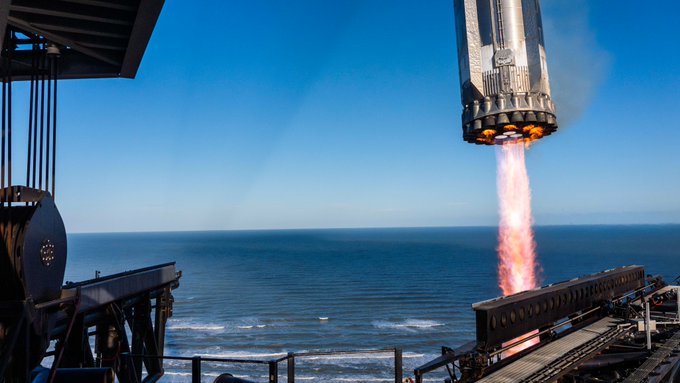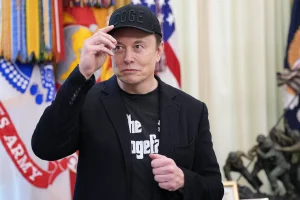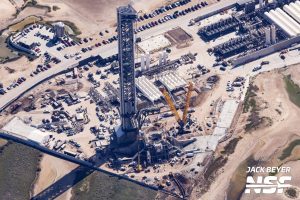SpaceX CEO Elon Musk Says Mars Could Be Self-Sustaining in 25 to 50 Years, But Faces Major Challenges.
SpaceX CEO Elon Musk has provided an updated timeline for making Mars a self-sustaining planet, stating that it could take anywhere from 25 to 50 years to achieve this ambitious goal.
Musk's vision for Mars has been a long-standing part of his SpaceX agenda, but he cautioned that creating a sustainable human presence on the red planet will require multiple attempts and advanced technological innovations. Notably, SpaceX has yet to attempt landing humans on Mars, and it is clear that significant milestones must be accomplished before this vision comes to fruition.
Musk said:“10 Earth-Mars transfer windows are needed to make Mars self-sustaining, ideally at least 20,” Musk said on Wednesday, pegging the time required to have a settlement on Mars to “1/4 to 1/2 century.”
The Road to Mars: A Long-Term Goal
Musk’s statement on Wednesday highlighted the complexity of creating a self-sustaining settlement on Mars. While his ultimate goal remains to have a thriving colony, he noted that SpaceX’s first step would be to land cargo on Mars and establish the infrastructure necessary for sustaining life.
Musk’s timeline includes several important markers. In a tweet from 2022, he stated that the first uncrewed Starship missions to Mars would likely occur by 2026, utilizing the optimal Earth-Mars transfer windows.
These initial missions, Musk explained, would not include astronauts, as they would focus on testing the capabilities of SpaceX’s Starship spacecraft for Mars landings. If these tests go smoothly, Musk projects that the first crewed flights to Mars could happen as early as 2028.
“If those landings go well, then the first crewed flights to Mars will be in 4 years,” Musk wrote, pegging the first crewed Starship flights to the neighboring planet for 2028.
The Importance of Earth-Mars Transfer Windows
Musk stressed that the journey to making Mars self-sustaining will require ten "Earth-Mars transfer windows." These windows refer to the periods during which Earth and Mars align favorably for interplanetary travel, which occurs approximately every 26 months. SpaceX will need to maximize these windows to make the most efficient use of resources and technology.
To build a successful human settlement on Mars, Musk’s long-term plans involve the delivery of resources, equipment, and infrastructure to the planet.
These efforts will aim to ensure that humans can survive independently of Earth’s resources. Musk estimates that it will take 10 Earth-Mars transfer windows to make Mars self-sustaining, and he suggested that a longer timeline of 20 transfer windows would be ideal for creating a fully viable settlement.
Future of Space Exploration: Musk's Vision
As Musk moves forward with SpaceX’s Mars plans, other companies and governments are also eyeing Mars as a key destination for future human exploration.
NASA, for instance, has already laid the groundwork for sending astronauts to the moon as part of its Artemis program, with hopes of using the moon as a stepping stone for future Mars missions. Meanwhile, Musk’s vision of making Mars a new home for humanity remains at the forefront of his ambitions for SpaceX.
The key challenges ahead include ensuring a steady supply of resources, creating a sustainable life-support system, and addressing the hostile environment of Mars.
SpaceX will need to develop advanced technologies in energy generation, life support, and resource extraction to ensure the long-term survival of a Martian settlement. Furthermore, a permanent presence on Mars would require overcoming the technical difficulties associated with space travel, such as radiation protection and the creation of stable habitats.
A Long Road Ahead for SpaceX and Mars Exploration
Musk’s plan for a self-sustaining Mars colony represents a significant leap in the future of space exploration. With the promise of technological advancements, cooperation between private and public sectors, and ongoing investment in space infrastructure, humanity may one day find a second home among the stars.
However, there are many hurdles to overcome before this vision becomes a reality, including the technological, logistical, and financial challenges of creating a Mars settlement.
Elon Musk’s updated timeline for making Mars self-sustaining within the next 25 to 50 years reflects the complexity of the mission. While the road ahead is long and full of uncertainties, SpaceX’s ongoing efforts to develop Starship and other necessary technologies are critical to achieving these goals.
Musk’s vision remains a bold one, but with continued progress in space technology, the dream of living on Mars could become a reality sooner than we think.





















